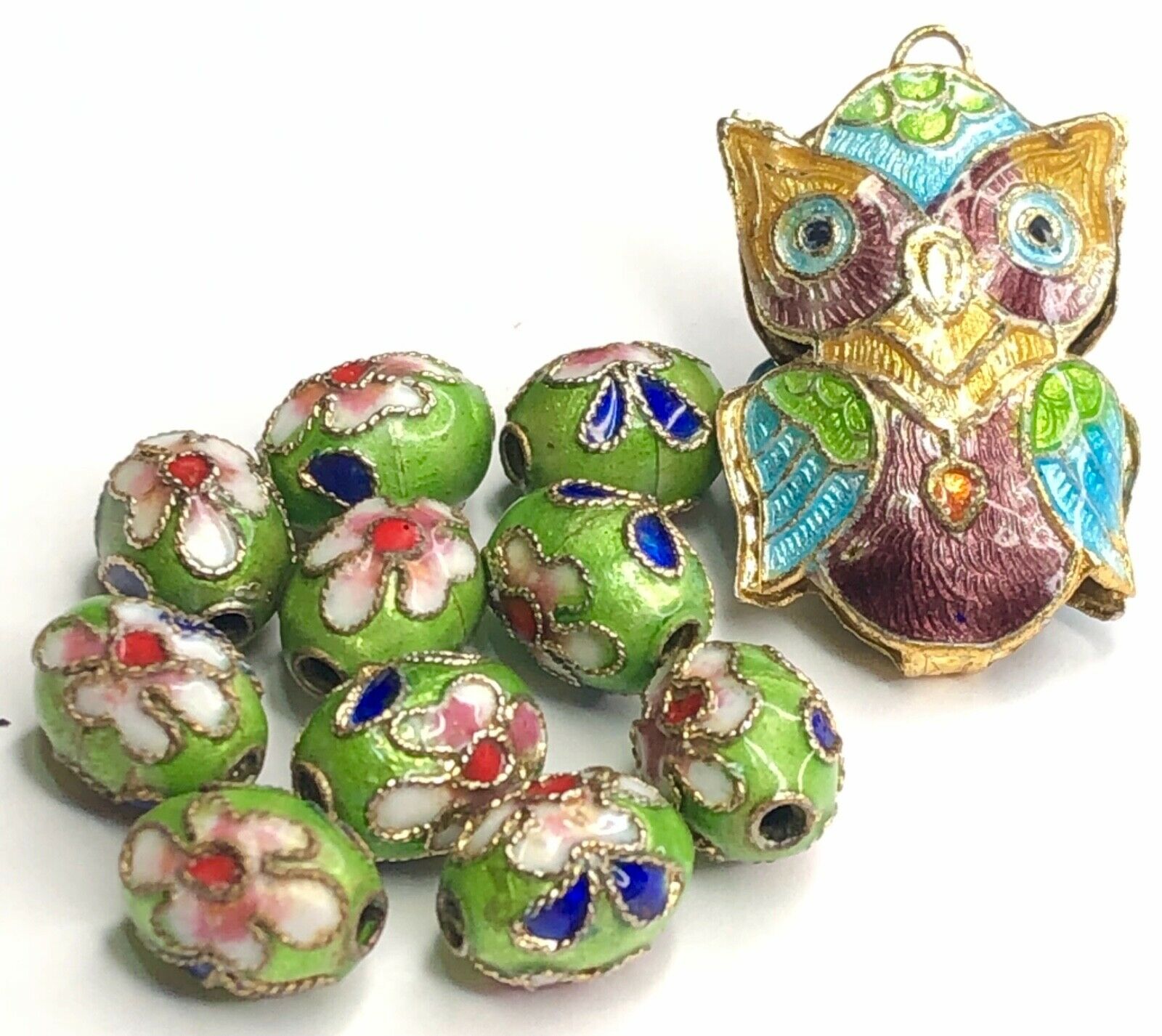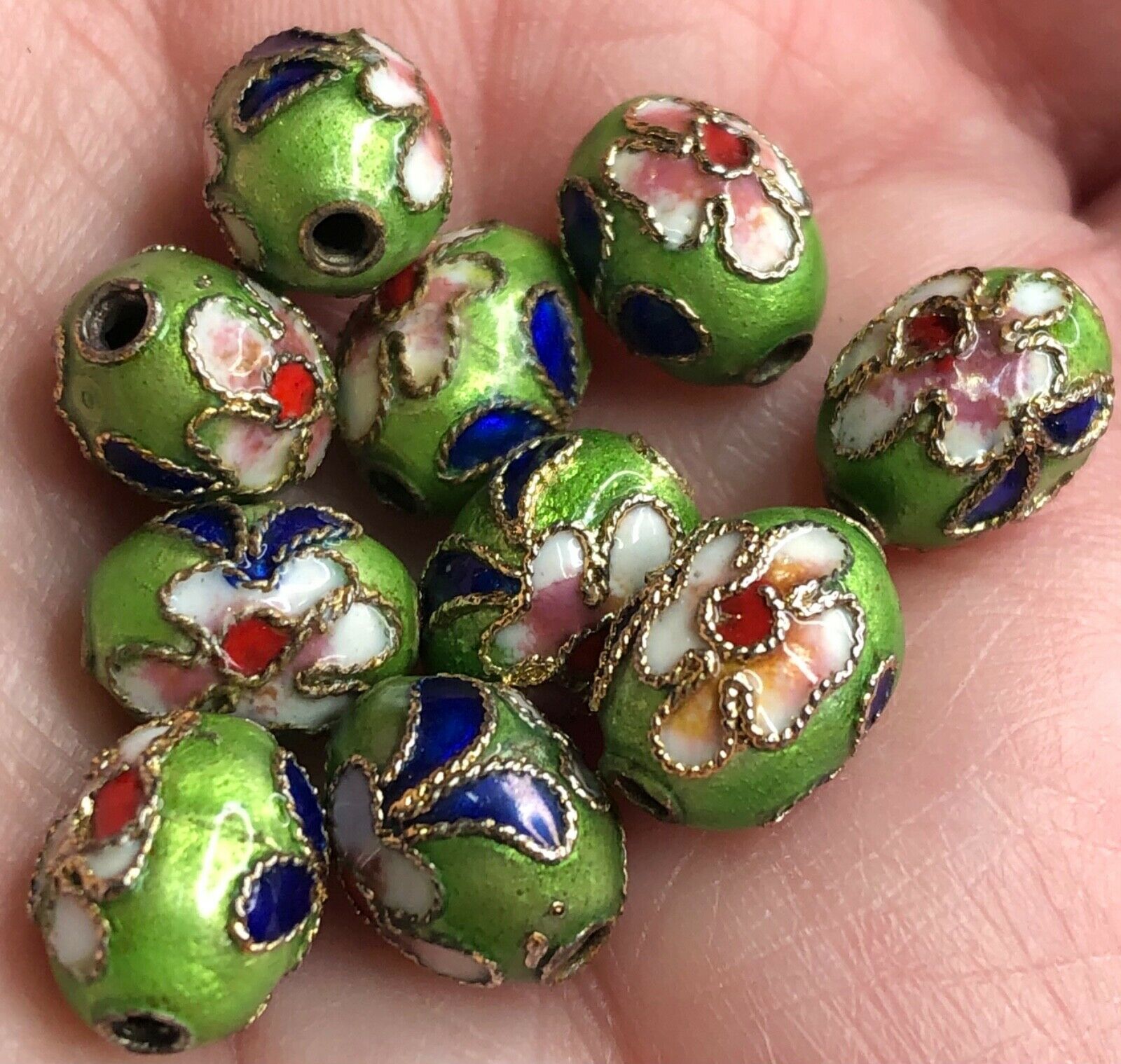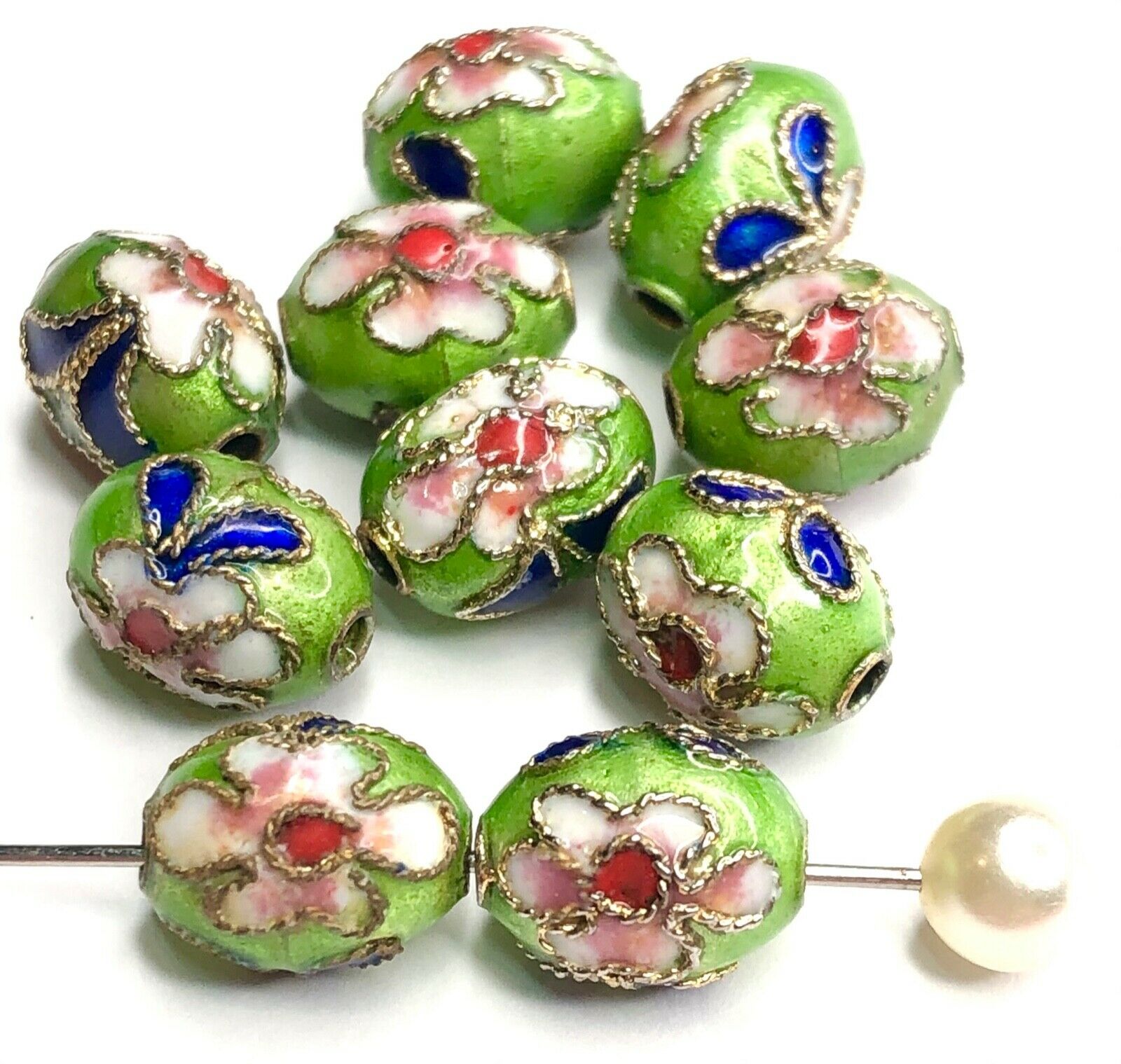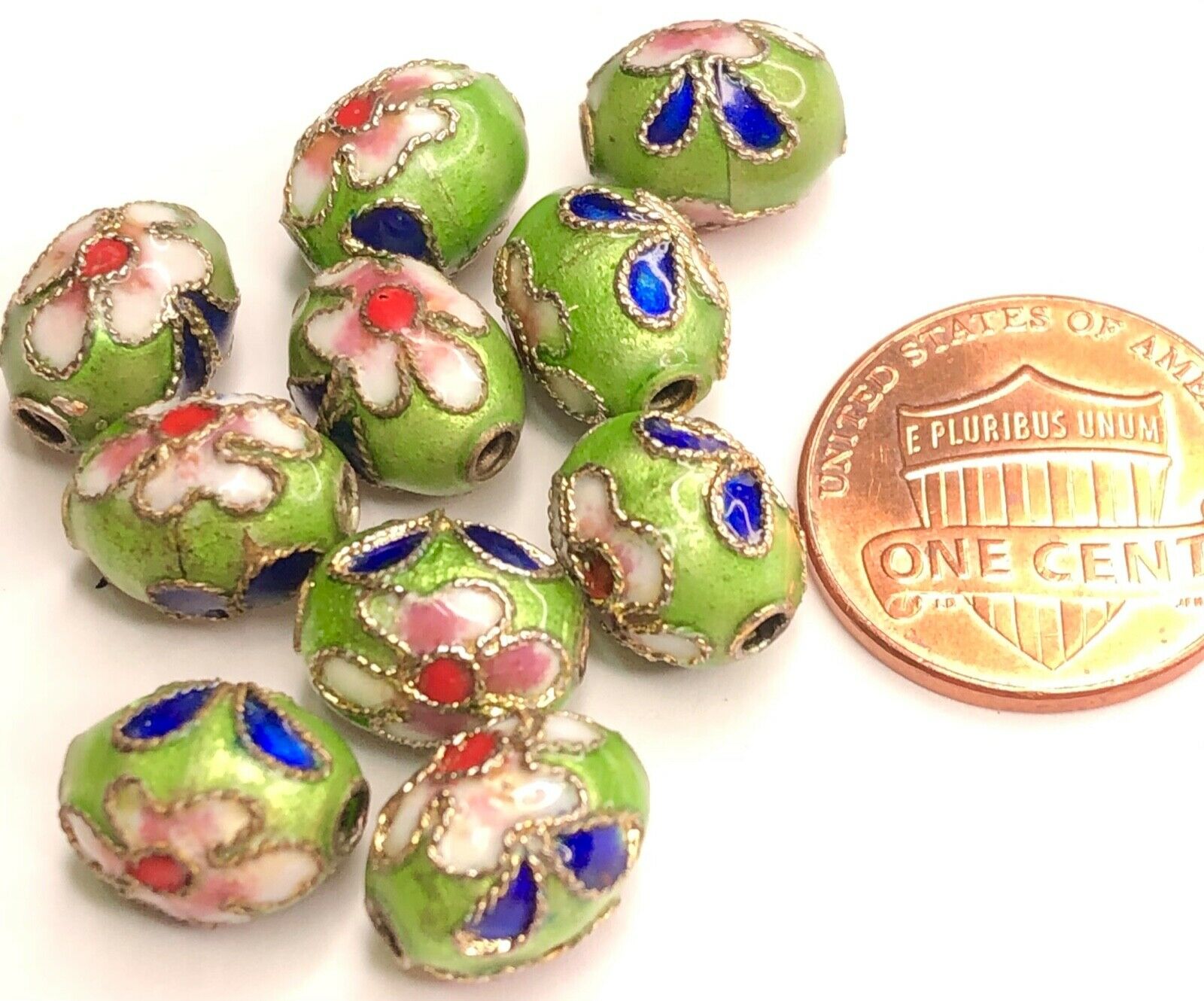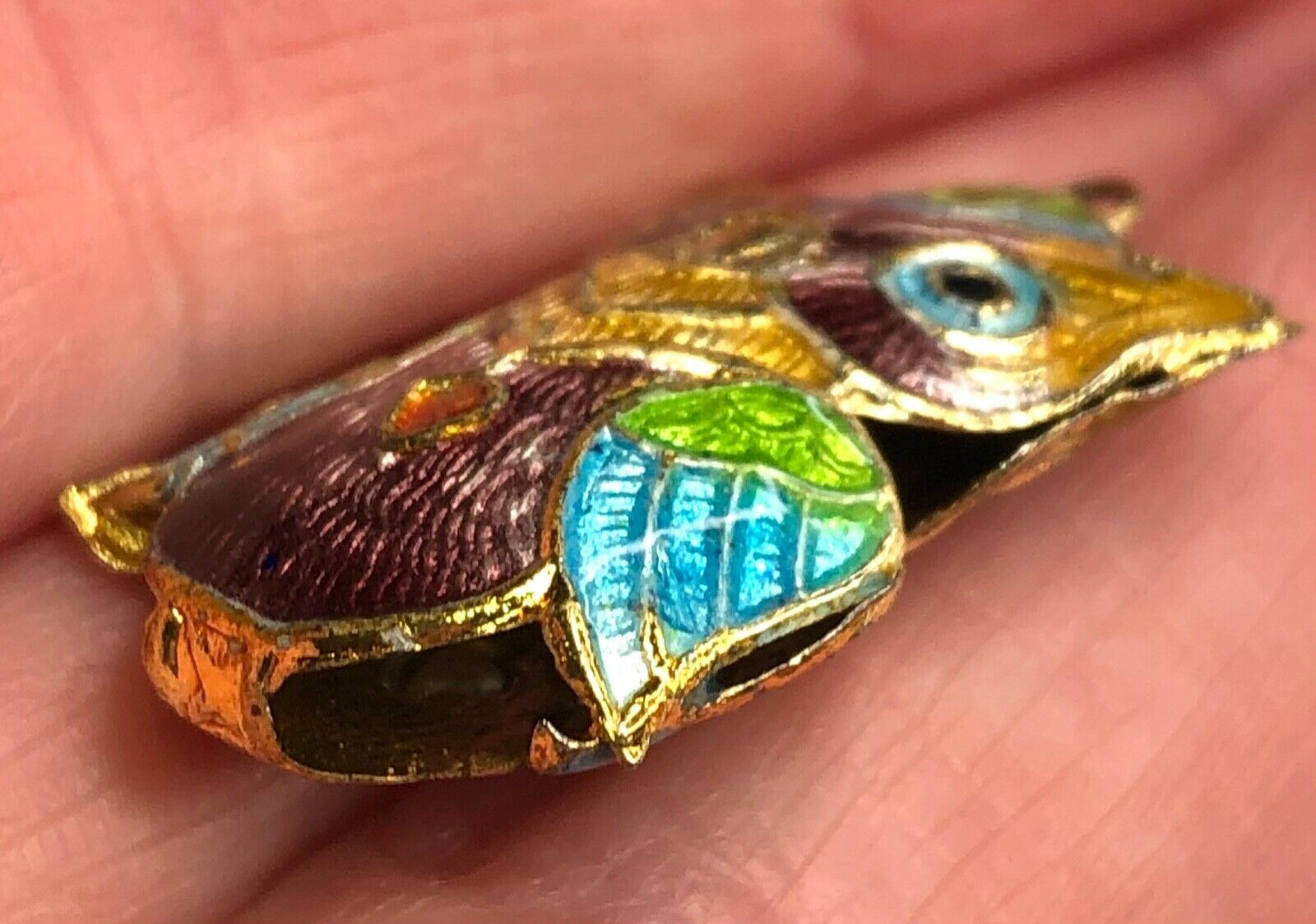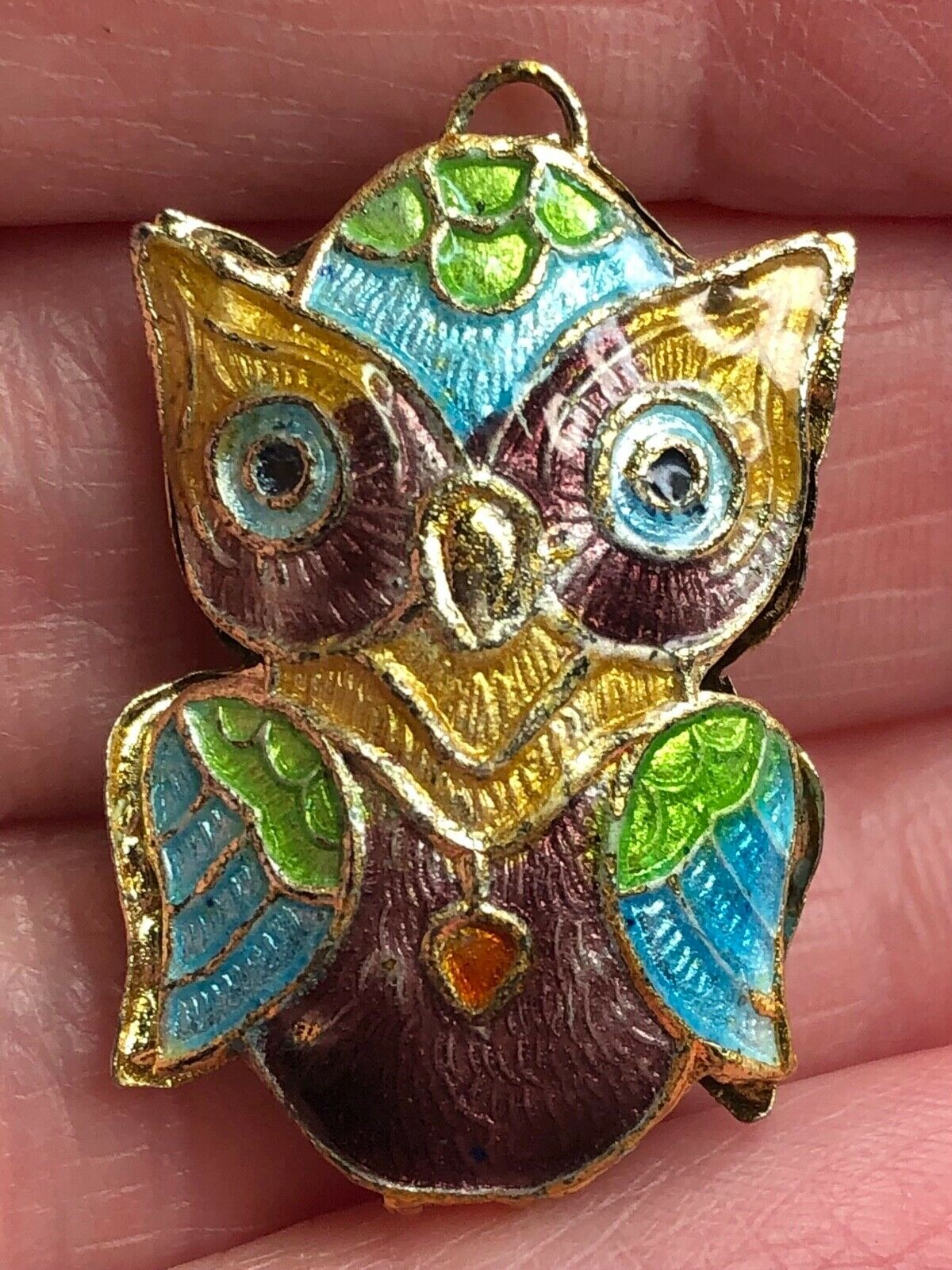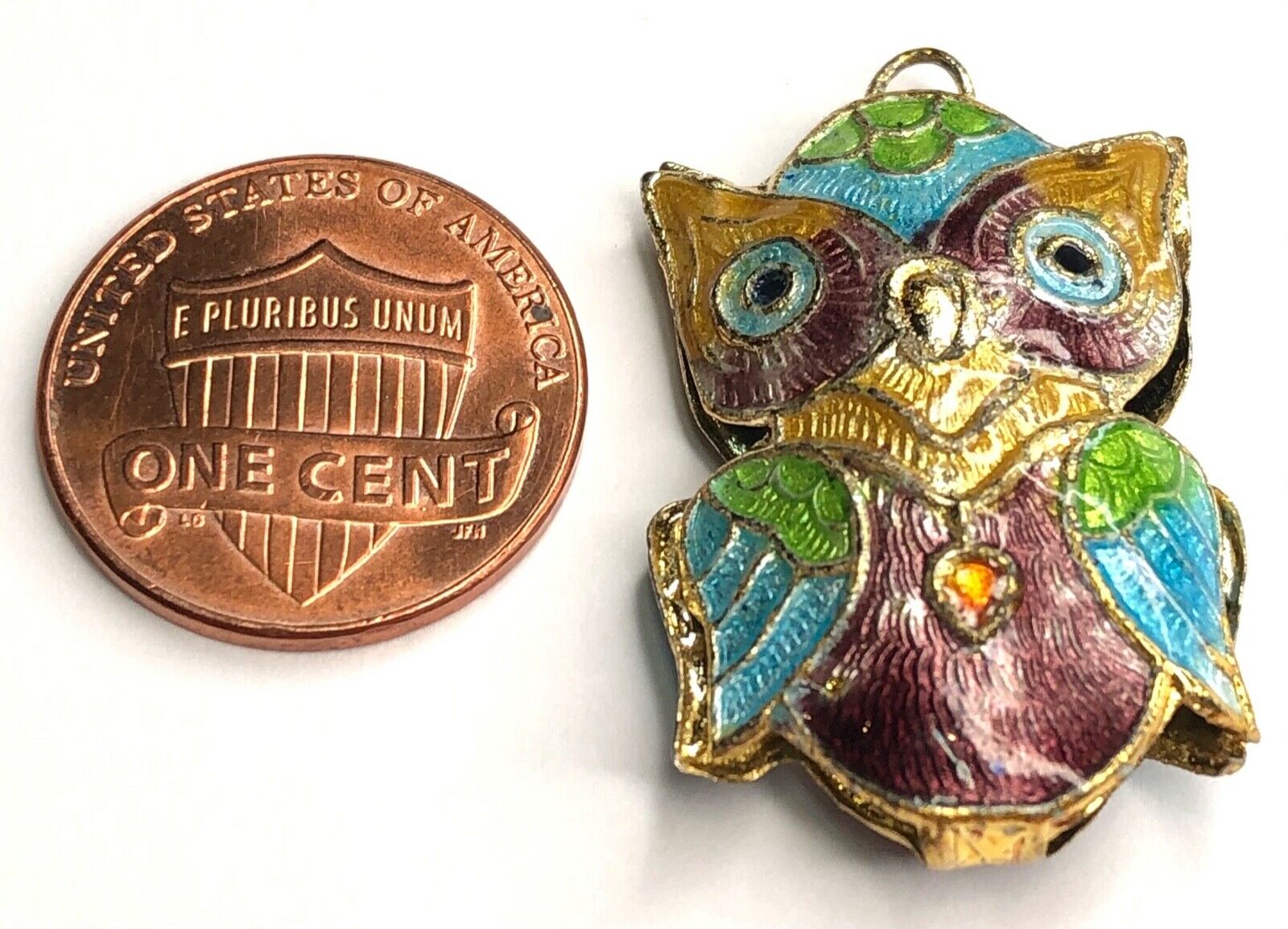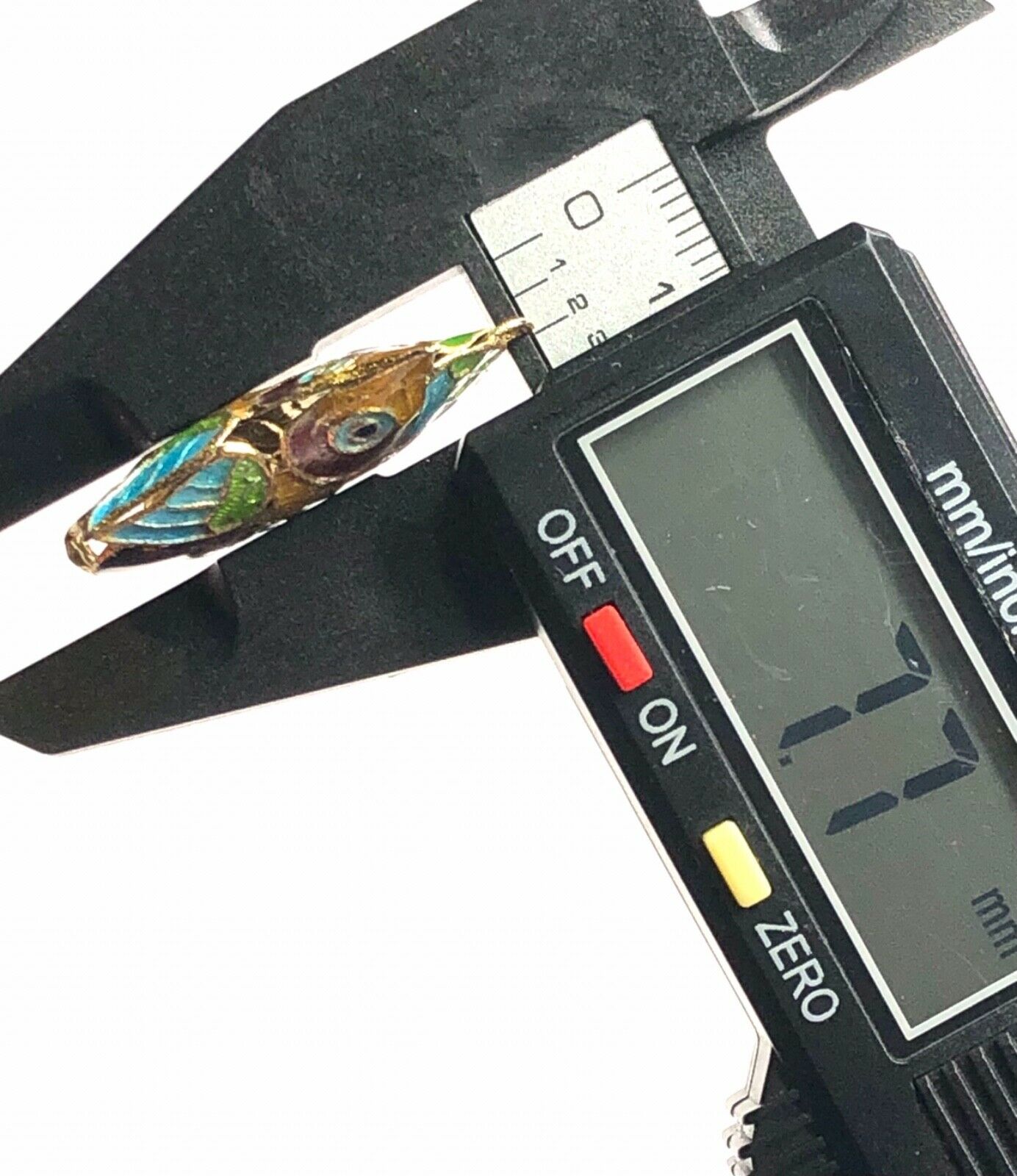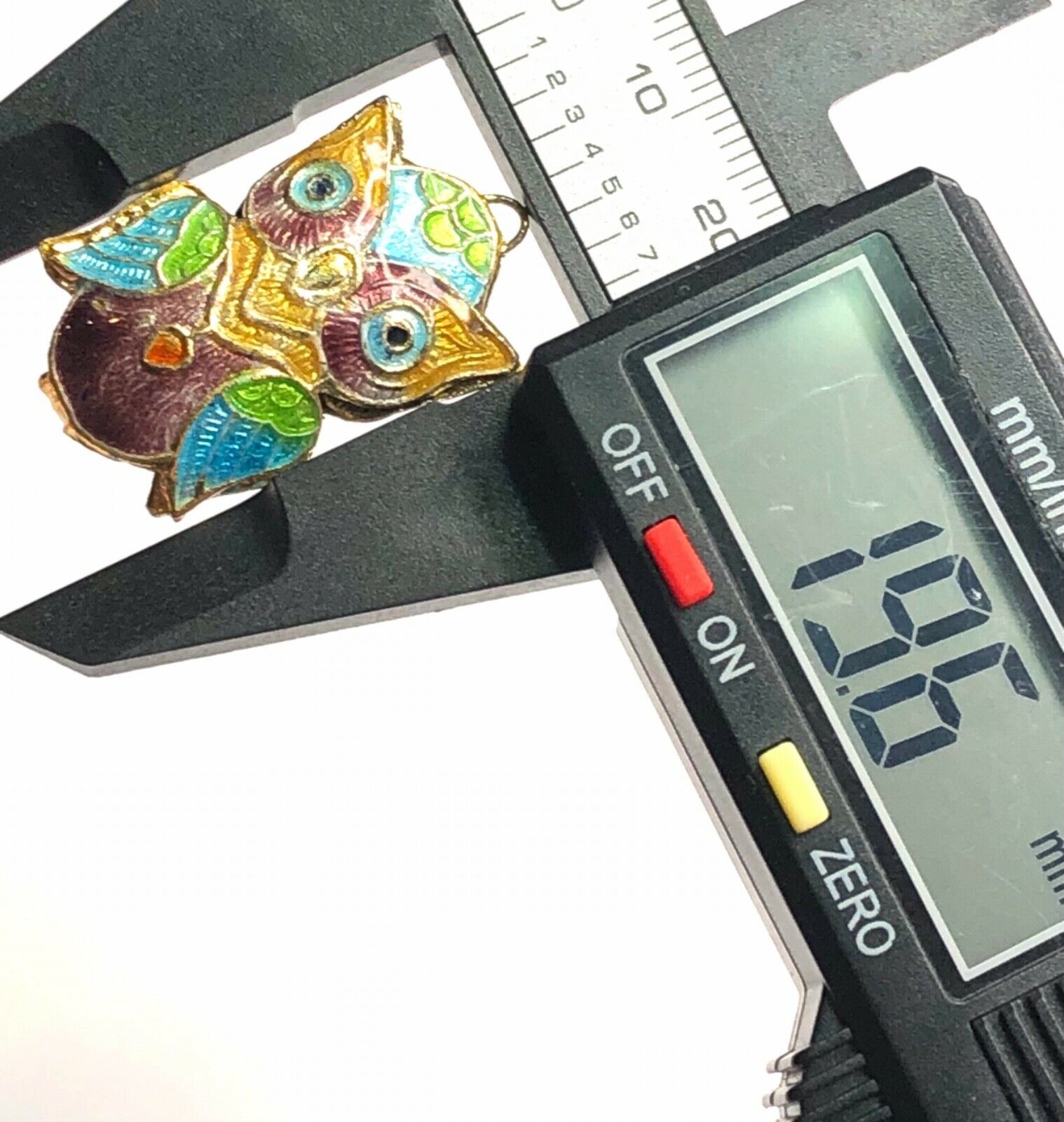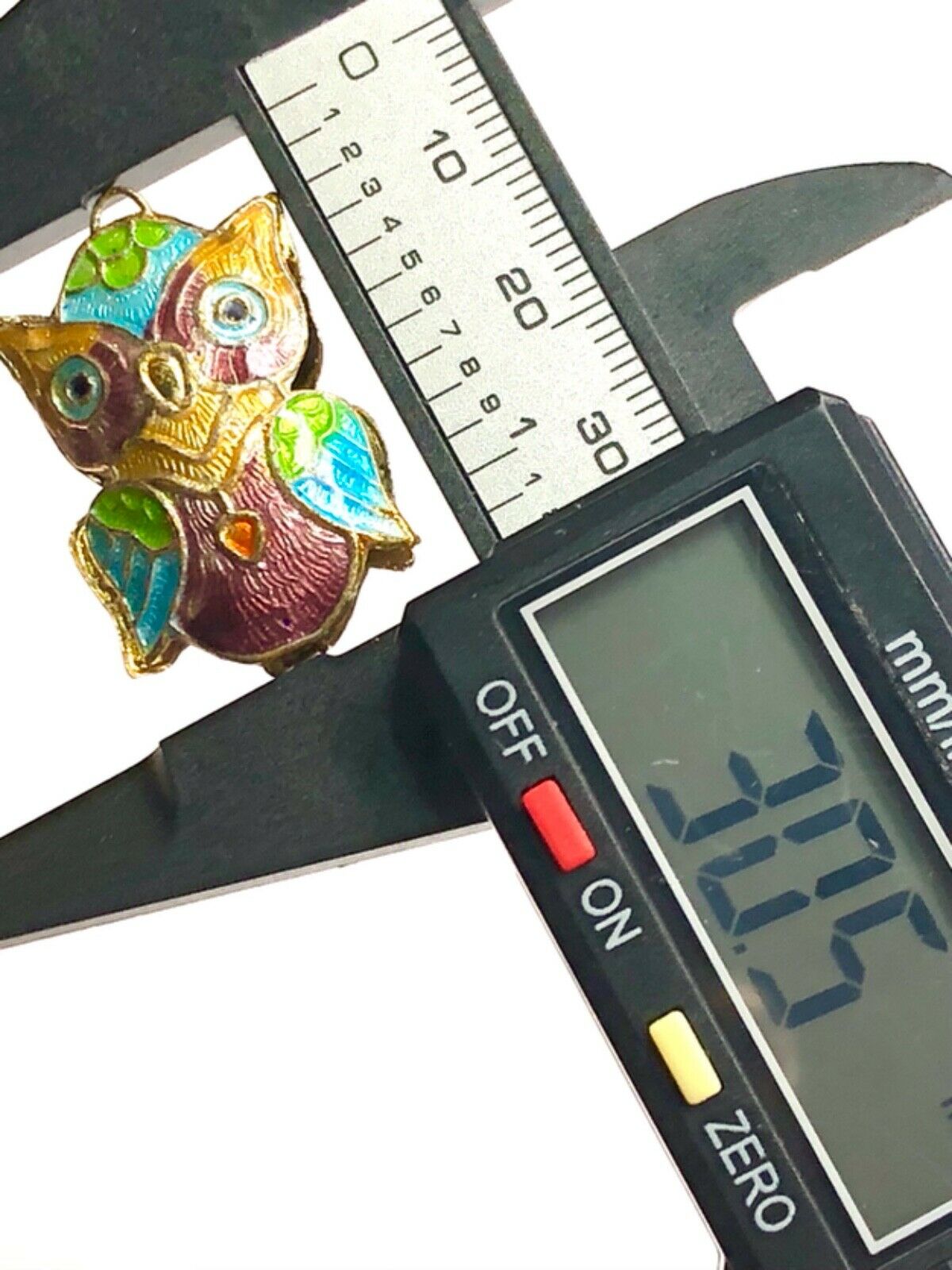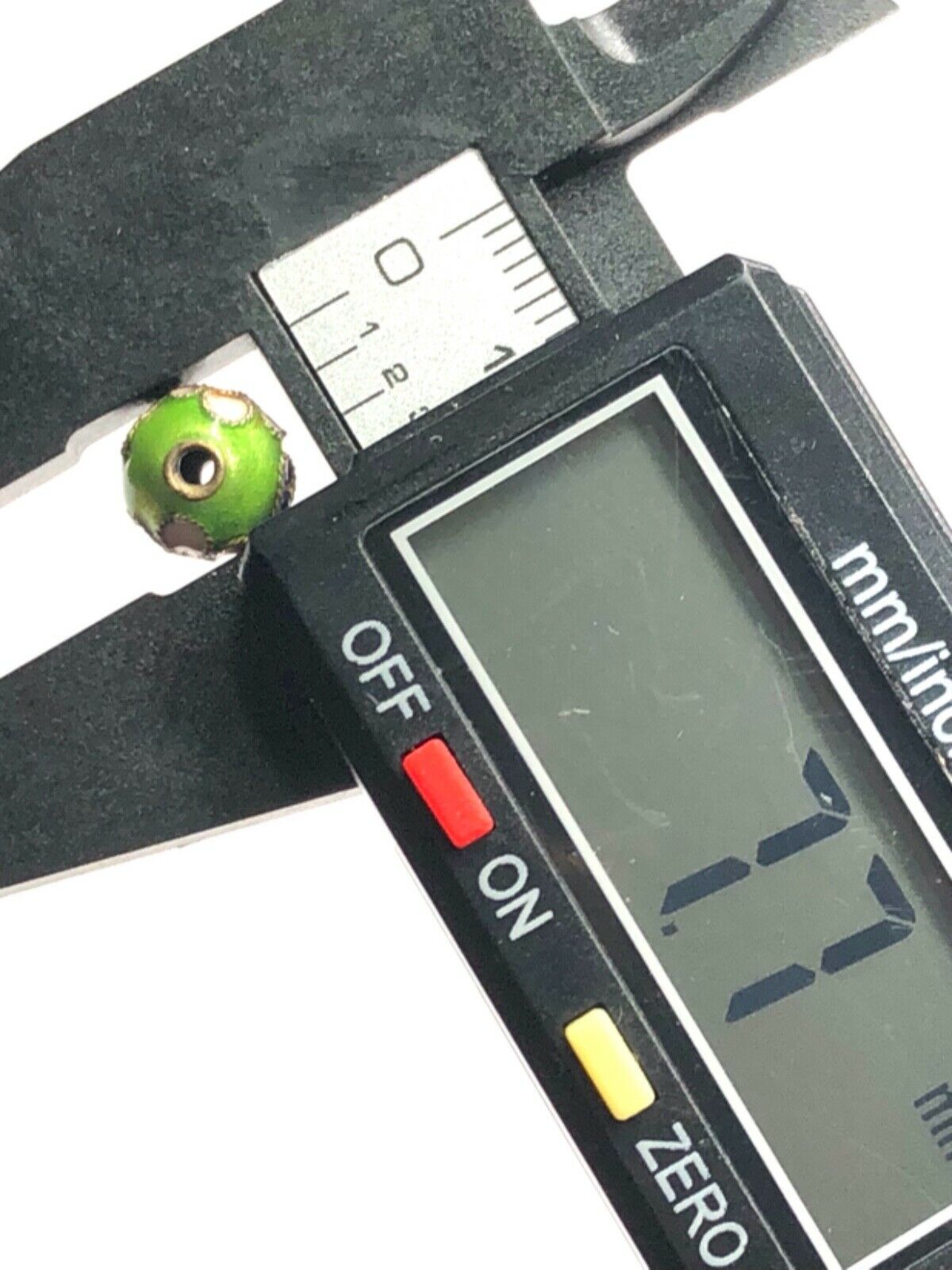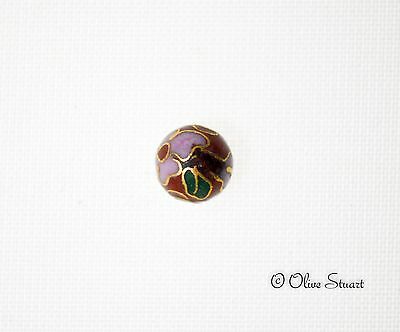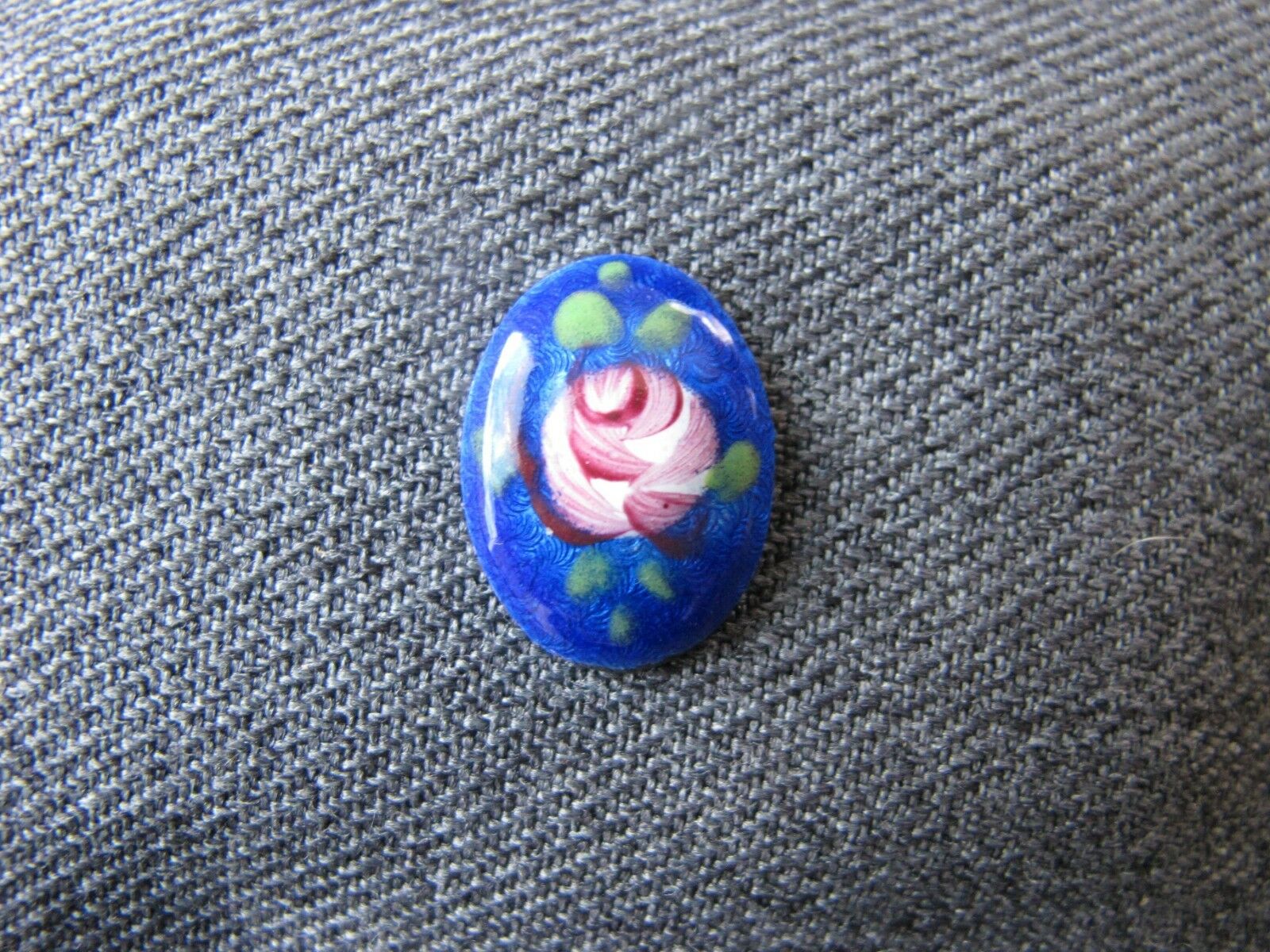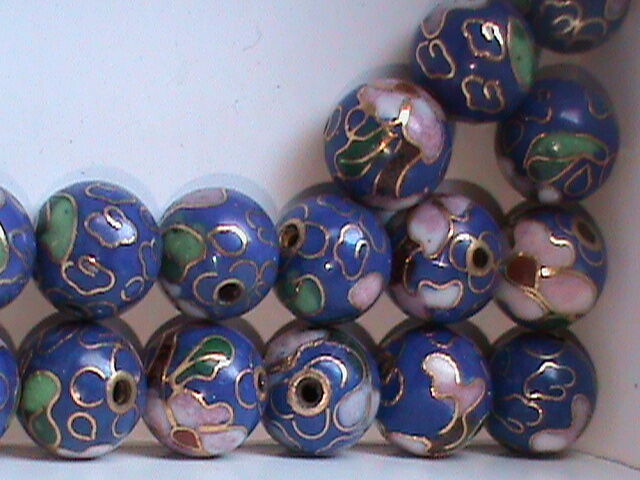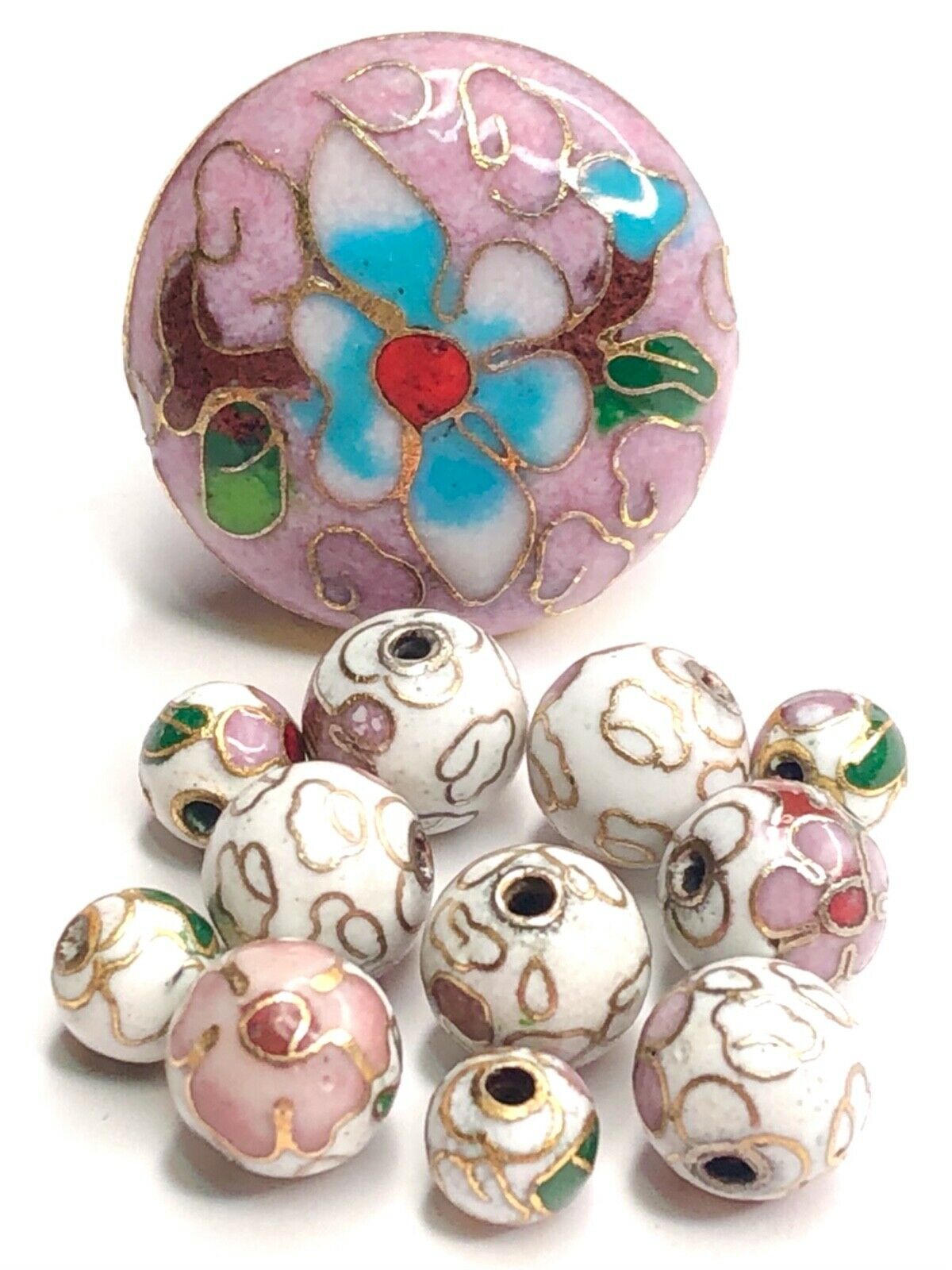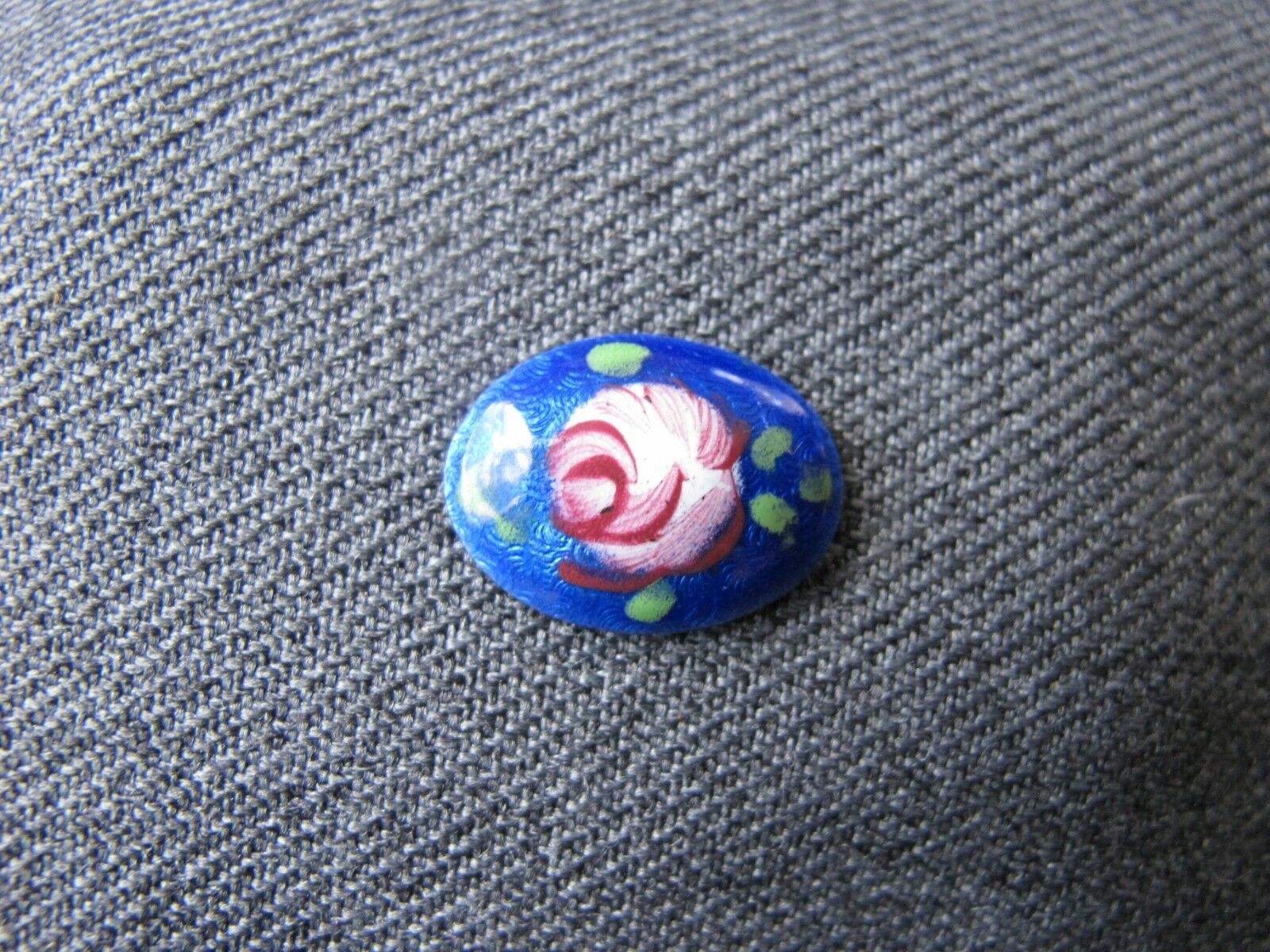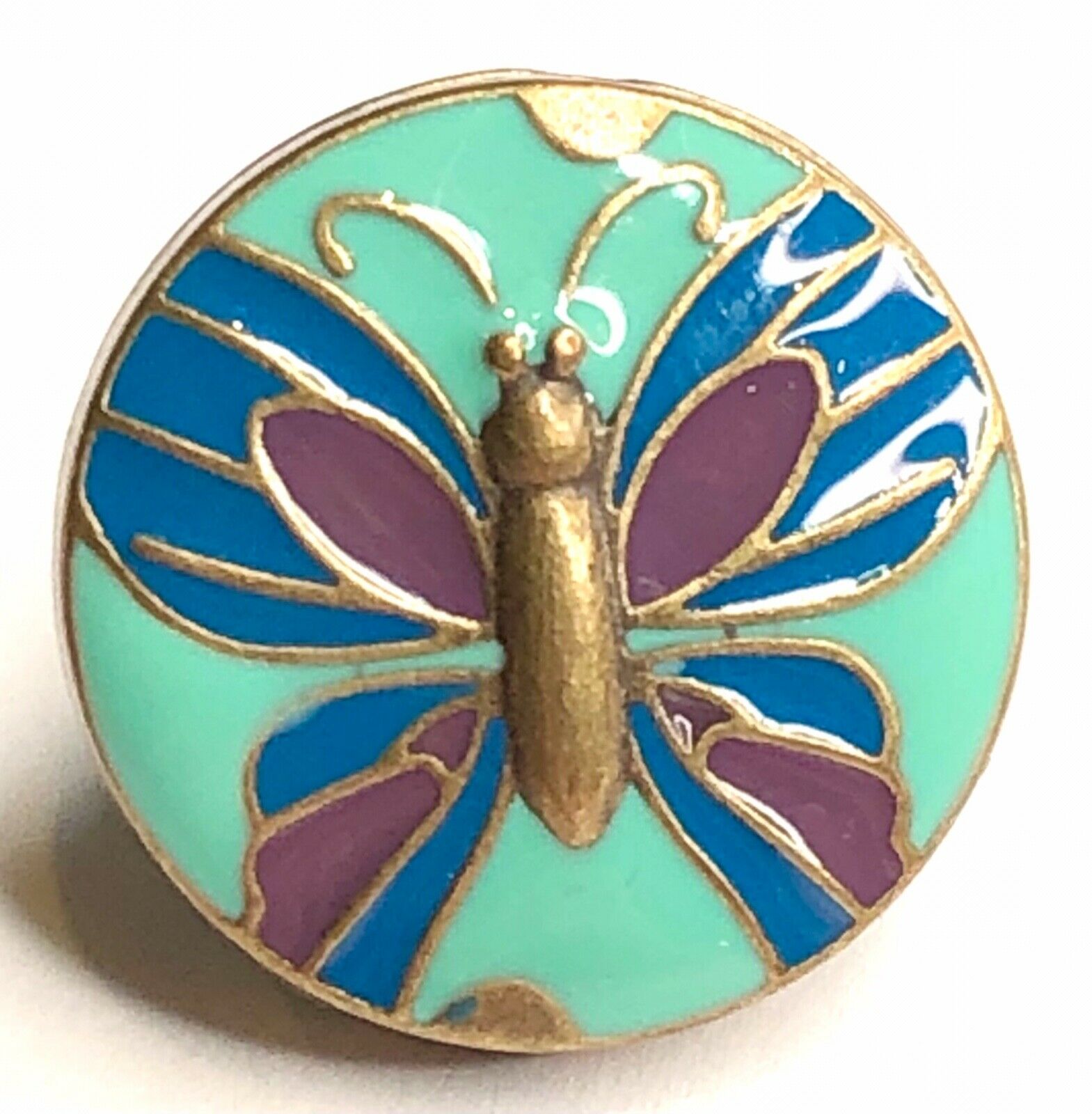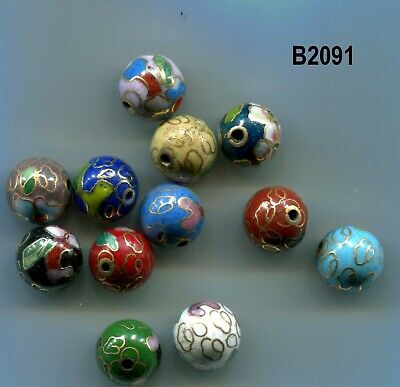-40%
11 Vintage Cloisonné Beads 1 Owl Pendant 33 x 19mm & 10 Green Beads 9 x 7mm
$ 15.29
- Description
- Size Guide
Description
11 Vintage Cloisonné Beads1 Owl Pendant & 10 Green Beads
~Shipped Directly to You from the USA~
Item: Beads
Manufacturer: Unknown
Material: Enameled Colors onto Metal Base
Colors: Purple, Green, etc.
Quantity 12 Beads
Approximate Measurements:
10 Green Beads 9 x 7mm
1 Owl Pendant 33 x 19mm
Condition: Excellent Pre-Owned Vintage Condition
Please review our detailed photos and message us with any questions.
Cloisonné History:
The word cloisonné is a French word meaning to be compartmentalized or be cut off from one another. The word cloisonné is used to identify the technique, as well as the finished product. A similar technique is filigree - where wires are soldered in patterns to a background. Another variation is plique a jour, known as backless cloisonné.
Researchers agree the cloisonné technique originated in Egypt prior to 1800 B.C., beginning with gold ornaments inlaid with small pieces of genuine gemstones. Speculation is that eventually goldsmiths and glass workers collaborated to imitate these works using pieces of colored glass substituted for stones.
It is believed that the technique reached China through missionaries from central Asia sometime in early to mid-14th Century A.D. Shortly after its introduction, the Chinese made cloisonné enameling a truly distinctive art form by mastering the skill of manufacturing and constantly improving the technique. The main reason for their stunning achievement is due to the fact that the Chinese nation already had the technology, such as casting, glass and glaze production, enabling the artisans to accurately control the firing and temperature for the enameling process.
